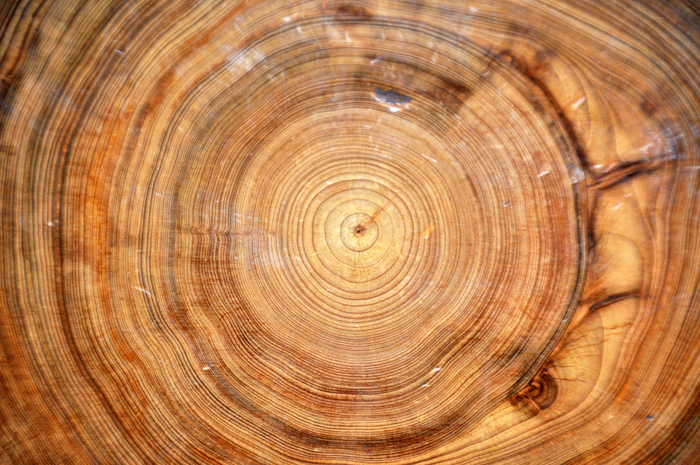Global accounting of climate change requires a reliable estimate of how much carbon forests can absorb from the atmosphere. Leaders rely on forests to bring back a significant amount of human-produced carbon. However, the reality is that forests are not as capable of sequestering carbon as they seem. Justin DeRose, Department of Wildland Resources, and other North American colleagues presented a different strategy to combat the uncertainty of calculating how much carbon forests can store. They used tree ring data taken from forest inventory plots.
The ability to draw more carbon out of the atmosphere from soils, forests and oceans is called a ‘carbon sink’. For net-zero emission, countries around the globe rely on carbon sinks. These systems’ complex and delicate ecology is still unpredictable. There are still questions about how forests will react to changing climates and how forests can help balance carbon accounts.
Indirect estimates of the global carbon total pulled from the atmosphere through carbon sinks are traditional. They use the difference between human-produced and natural emissions, as well as the amount of carbon found in the oceans around the world, and the atmospheric CO 2 levels. DeRose stated that combining the indirect calculation with data from future (and existing) tree rings collections could give an actual, on-the-ground record of carbon gained by trees and forests with the precision of an annual time stamp. Researchers could then scale up to calculate carbon savings across the continent and forest-wide. Although some tree ring data is available from recent inventories, more work is required to interpret the data and apply it to carbon sequestration. DeRose stated that for such a system, there are a few things that must happen first.
The U.S. Forest Inventory and Analysis Program could collect tree ring samples and associated forest data nationally. These programs have been used historically to understand forest changes, but they can also be used to answer questions about climate and carbon. While tree core samples were collected in some inventories, they will need to be continued in all forests.
DeRose stated, “We must get organized” and “with a more cohesive and forward-looking approach, both nationally, continentally, as well as globally.”
DeRose stated that tree ring data gathered from forest inventories provides a wealth information at the plot- and tree-level. A large-scale, systematic collection of tree rings could be used to record tree growth over time and space, as well as the human- and environmental factors that influenced it.
He stated that adding tree ring data into the carbon equation would give a more nuanced and richer view of how forests respond to changing climate systems.
The authors of this synthesis argue for sampling tree rings from North American forest inventories to gather key data that can be used to understand and quantify how forests are changing and how much carbon they could hold, as the world fights global climate change.

